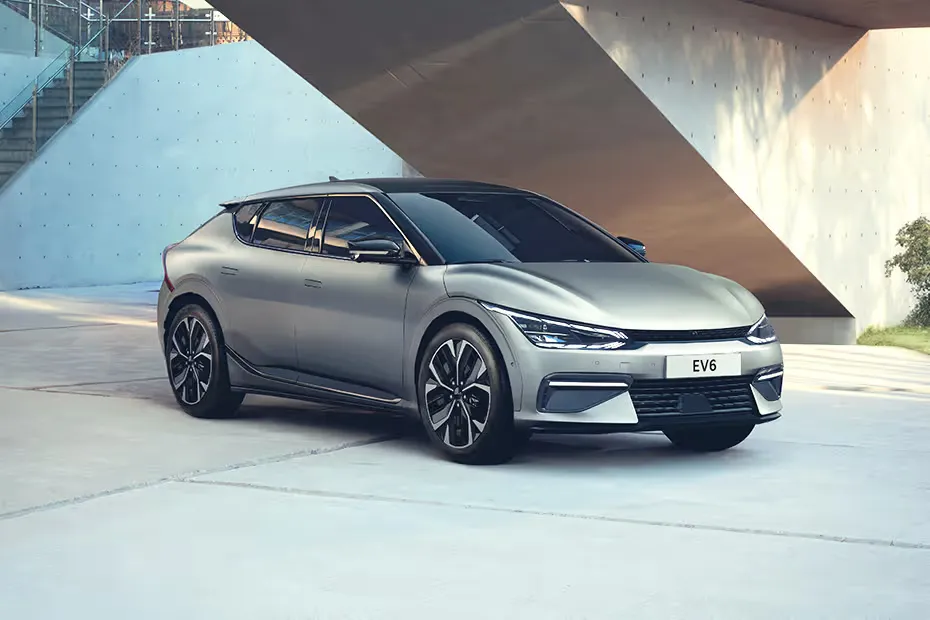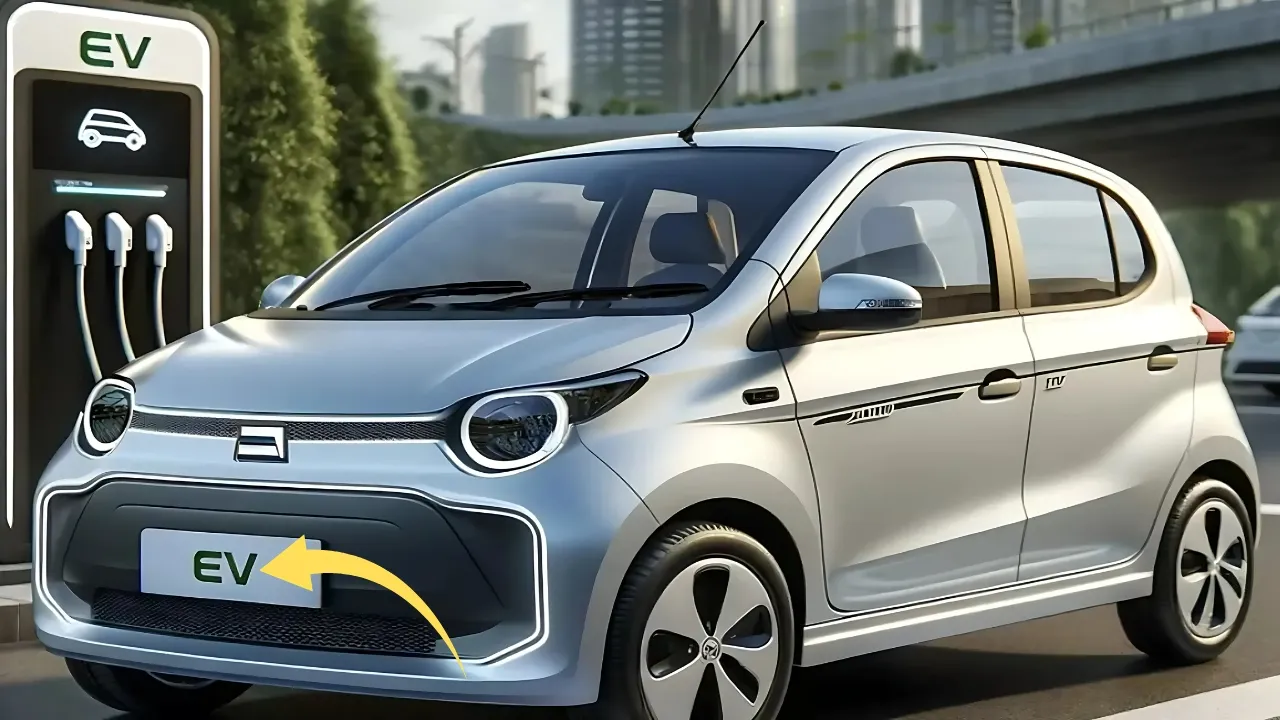In the rapidly evolving landscape of electric vehicles in India, a new player has emerged that’s set to redefine urban mobility the Kyari EV.
This new electric b2b/two wheeled vehicle designed by Bengaluru-based startup Emobi is set to introduce a much-needed shift in the B2B business segment by offering an effective blend of usabiltiy, efficiency and environmental consideration.
Well, let’s have a look at the details of this emerging participant in the Indian EV market.
The Genesis of Kyari EV
Last-mile connectivity solutions have been an area of quiet development for the relatively small company Emobi, which has recently entered the electric-vehicle market.
The Kyari EV is the result of their work, developed in response to the rapidly expanding demand for transportation that is efficient and green in India’s dense urban areas.
The word “Kyari” also is intriguing, probably an acronym of the Sanskrit word “kyari, meaning a plot or a garden patch.
This choice of name could have a meaning related to the vehicle’s small size and its intention to create an urban area with a greener profile.
Design Philosophy: Form Meets Function
Being a functional morphology with visually appealing appearance, the Kyari EV is special. Let’s break down the key design elements:
Compact Dimensions: Extending for 1870mm in length, 705mm in width, and 1010mm in height, the Kyari EV is just the right size to ease through the traffic jam of urban streets.
Flat, Long Seat: The rear seating zone has been intended to provide enough room for the rider, so that riding in it for many hours of use is comfortable.
Cargo-Friendly Design: Although the numbers are still being built, Emobi has stated that alterations will make cargo haulage more straightforward, an important aspect in the provision of last-mile delivery services.
Distinctive Headlamp: Kyari EV has a special look in the shape of round headlamp with their place in the headlamp housing, put the [out] (panorama, different from the others.
Robust Build: Although compact in size, the Kyari EV clout lends an air of density, desirable to cope with the load of the harsh realities of daily application in a commercial context.
The general design language of the Kyari EV makes its primary role efficient, amenable, urban mobility, but given a stylish modern look.
Performance: Power Meets Efficiency
Natural language processing states thatThe core of the Kyari EV is its electric powertrain, which has been optimized to maximize performance for urban environments. Let’s dive into the specifications:
- Powertrain Specifications: Powertrain Specifications:
- Motor: 4.2 kW spindle motor
- Peak Torque: 18.7 Nm
- Top Speed: 75 kmph
- Range: 85 km on a single charge
- Even at the price level at which Kyari EV is sold, it is a fairly performing car in the city.
The 75 kmph speed limit is acceptable for urban road quality and the 85 km range which gives suitable range for typical user requirements for a substantial fraction of the urban population, and delivery personnel.
Battery Technology: Swappable Innovation
swap batteries. This technology offers several advantages:
- Reduced Downtime: However, rather than bringing the batteries out of a sleep “excited” state and letting them charge up for a sleep, the batteries are reset at the end of their mode to one charged ones.
- Extended Range: Vehicle range may be increased by carrying spare batteries, and therefore vehicle can be used over and over again for longer distances than the current battery’s range.
- Battery Health: Usable batteries may also be kept in optimal condition and replaced as required in turn aiding in the lifecycle of the vehicle.
- Charging Infrastructure: In this setup, building a large scale of charging infrastructure is not so critical as charging can be performed at the periphery in battery swapping stations.
The teamwork with Honda for battery technology is a major asset, utilizing the Japanese heavyweight expertise in this domain.
Riding Dynamics: Comfort and Control
The Kyari EV is intended to confer a comfortable, controllable ride, of primary importance to it target audience, commercial vehicle operators whose exposure to the vehicle may be prolonged. Key features include:
Telescopic Front Suspension: It allows to deliver shock in higher levels with a comfortable ride over bumpy terrain of street surfaces.
Dual Shock Absorbers: Ride comfort and stability are still optimized by the rear suspension configuration.
Ergonomic Design: Positions of long and flat seat and ergonomics are optimised for comfort in prolonged riding sessions.
Despite the fact that precise information about the braking system is not available, an effective and safe brake system should be provided to Kyari EV in order to stand up to all stops that will take place in city traffic.
Target Market and Use Cases

- Kyari EV is mainly focusing the B2B market and optimizing last-mile connectivity and delivery services. Some potential use cases include:
- Food Delivery: Due to its cargo design as such, it is specifically designed and ready to be used by food delivery companies.
- E-commerce Deliveries: In the wake of the e-commerce explosion, the Kyari EV may offer an inexpensive vehicle for delivery of packages.
- Urban Mobility Services: 用Kyari EV做短暂城市出行,ta ride-sharing service/rental service opportunities will be available for vehicular transport.
- Corporate Fleets: In the companies that aimed to decrease carbon footprint, Kyari EV could be widely replicated to fulfill internal transport requirements.
Environmental Impact and Sustainability
Kyari EV being an electrovehicle constitutes a practical proposal on how to realize a more sustainable vision of urban mobility. Some key environmental benefits include:
Zero Tailpipe Emissions: Fully electric, emissions are not directly produced while the machine is in use.
Reduced Noise Pollution: Electric motors are much quieter than their gasoline counterpart.
Energy Efficiency: Electric motors are inherently more efficient in converting energy to motion compared to internal combustion engines.
Potential for Green Charging: A footprint of the environment can be narrowed by the use of power sources based on renewables such as Kyari EV.
Challenges and Competition
- Although the Kyari EV has promising features, it is positioned in a crowded market saturated with seasoned competitors. Some challenges it might face include:
- Brand Recognition: Because it is a new comer, Emobi is forced to demonstrate trust and brand in the market.
- Charging Infrastructure: Although, to a certain degree, it is offset by the swappable battery architecture, the final solution will largely be determined by the availability of battery swapping stations [in reality].
- Competition: [w Ravenous] Current companies such as Ather, Ola Electric and TVS are actively making great strides towards penetration in the electric two wheeler market.
- Regulatory Landscape: Developments in the area of electric vehicles (EV) might offer opportunities or problems.
Future Outlook
Consequently, with the launch of the Kyari EV there is a great likelihood of it becoming a new entrant in the Indian EV market.
Car such as the Kyari EV is part of the national electric mobility policy and will clearly play a role in the upcoming new urban mobility.
Looking ahead, we might see: Looking ahead, we might see:
Expanded Model Range: Emobi would also enable variants tuned to specific tasks or consumer markets.
Technological Advancements: In future versions there may be enhanced batteries, integrated functions or enhanced ADAS.
Partnerships and Collaborations: Collaboration with Honda on the battery is opening up for additional strategic partnerships in the future.
Kyari Ev New Model: A Promising Step Towards Sustainable Urban Mobility
The Kyari EV is no mere player in the market for electric twowheeler.
It is a reasoned take on mobility problems in the city, with a solution which is feasible, efficient and environmentally sound.
Following the application, which clearly targeted the business-to-business (B2B) industry and last-mile connectivity, i.e., the Kyari EV, the application can have a considerable influence on the field of urban logistics and delivery systems.
Its new capabilities, including and perhaps the ultimate one, its modularity of the battery system, resolve some of the traditional issues of electric vehicles, including and perhaps the most important of all, range anxiety and charge time.
While India moves toward the electrification of its vehicle fleet, the Kyari EV is likely to show its feasibility and potential of electric mobility.
Although, some of these issues are present, the development of such specifically designed electrically-driven community transport vehicles is not unexpected since the future of public transport is going to be electrically, efficient and environmentally friendly.
The success of the Kyari EV promises opening a window towards further developments as electric two-wheelers but also could contribute to initiating India’s move towards eco-friendly means of transportation.
In the not too distant future, attention will turn to this interesting new player in India’s electric vehicle game coming to the streets.

